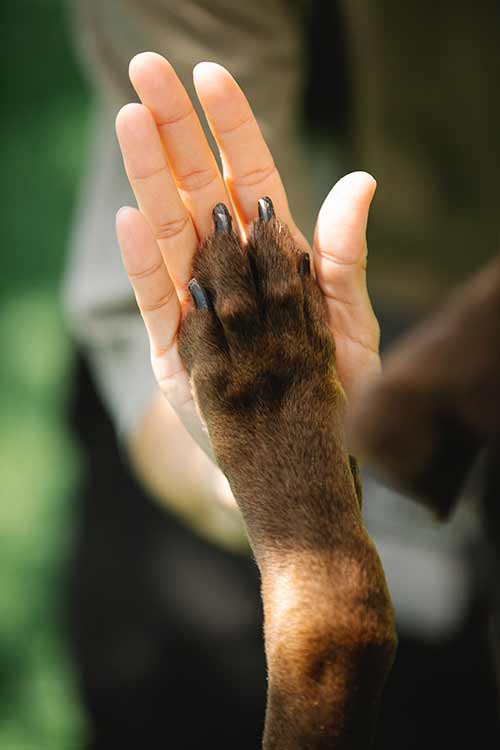Neutering & Spaying
Pet Neutering and Spaying
Cat and dog neutering (males) and spaying (females) is highly important as it helps control the domestic animal population and can prevent or greatly reduce the amount of unwanted pets. Aside from accidental pregnancies, cat and dog neutering and spaying can prevent or help stop many potentially serious medical conditions such as cancer, behaviour problems, urine marking problems, and potentially life-threatening infections.
The Importance of Dog / Cat Spaying
Female cats and dogs can develop a life-threatening infection of the uterus called Pyometra that can occur after a heat cycle. Early dog or cat spaying can prevent this infection as well as uterine cancer, and reduce breast cancer by 87% if done before her first heat.
The Importance of Puppy / Kitten Neutering
Dog and cat neutering helps prevent testicular cancer in male cats and dogs, and can also help with some prostatic problems. Dog and cat neutering will also help with some aggression issues and eliminate urine marking or spraying behaviour in males in up to 90% of cases.
Beck Veterinary Clinic's Approach to Pet Neutering and Spaying
Despite the distinct health advantages to cat and dog neutering or spaying, some pet owners are hesitant because of the anaesthesia used in the procedure. We have equipment to help monitor the patient’s vital statistics, intravenous fluid therapy to help improve recovery, warming systems to aid in patient safety, and trained animal health technologists (animal nurses) to monitor and recover the patient afterwards.
When To See Your Vet For Pet Neutering or Spaying
Pet neutering or spaying should ideally be done before 6 months of age in order to prevent unplanned or unwanted pregnancies. However, cat and dog spaying and neutering can be done at almost any time throughout the animal’s life.

